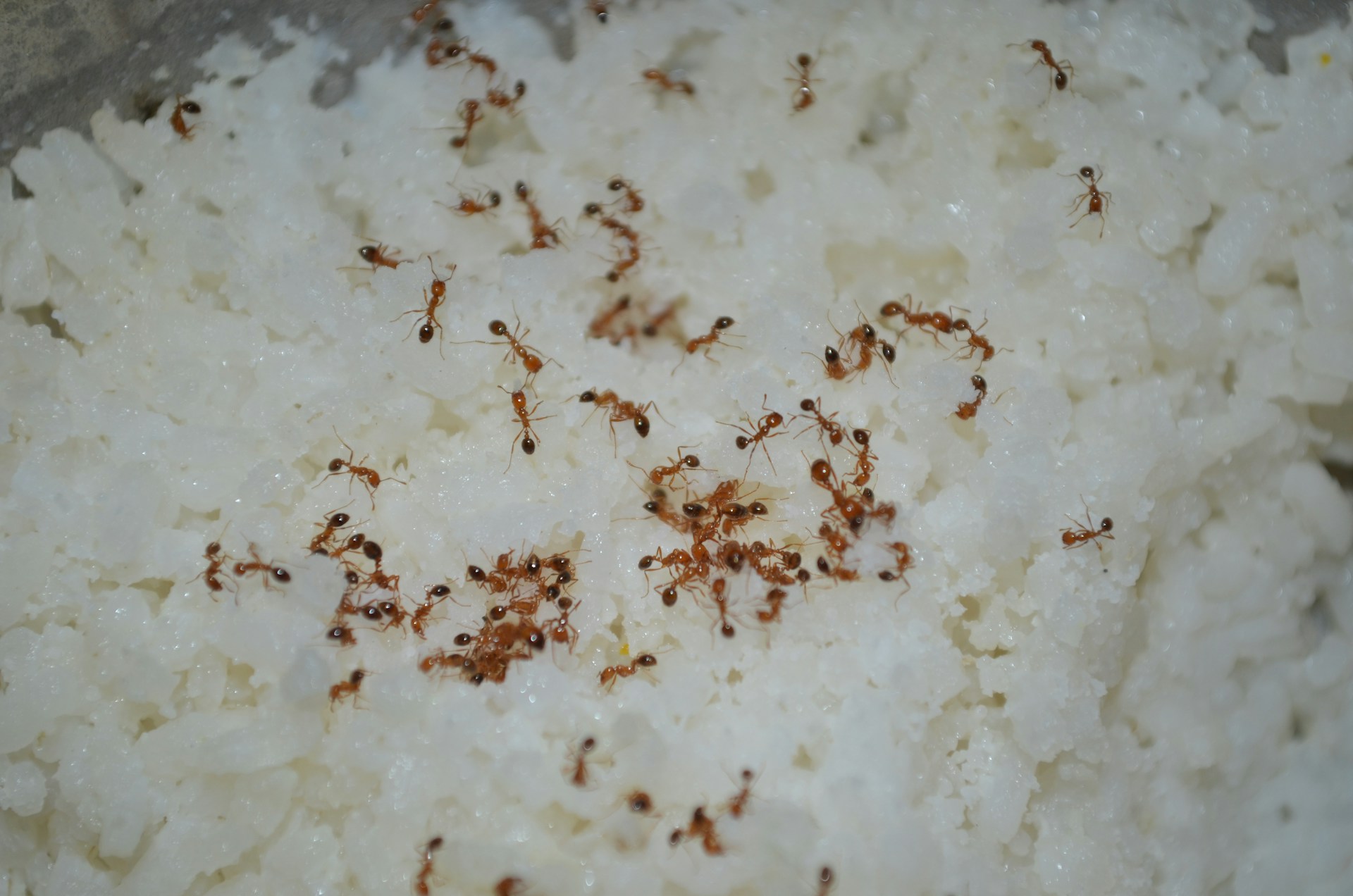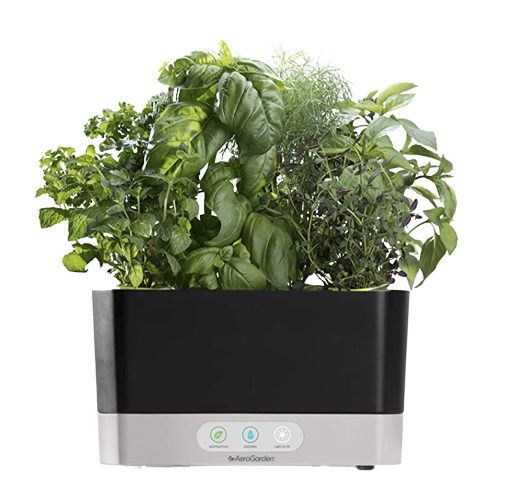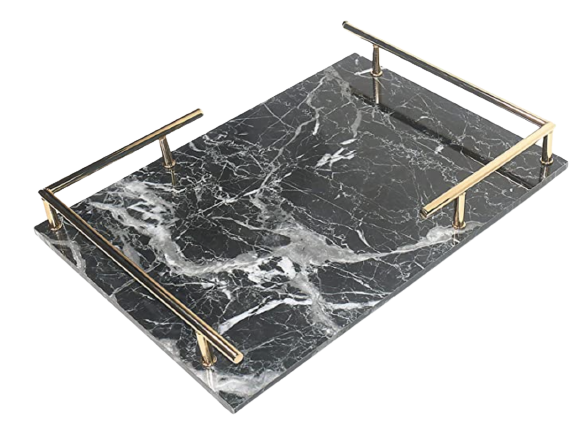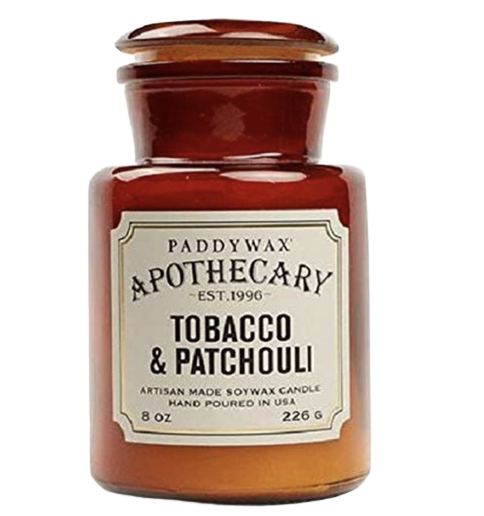Last Updated on March 21, 2024
Residing in wet and humid climates presents homeowners with challenges related to pest infestations, given the favorable conditions these environments offer. Effectively addressing pests demands a proactive and strategic approach to ensure a pest-free home. This extensive guide will delve into efficient strategies and preventive measures for handling home pest infestations in wet and humid climates. Covering the identification of common pests and implementing practical solutions, this guide aims to empower homeowners in safeguarding their homes against unwanted invaders. For additional assistance, consider visiting www.antexterminator.org/.
1. Identify Common Pests:
a. Termites:
Wet and humid climates create an ideal habitat for termites. Regularly inspect wooden structures for signs of termite activity, such as mud tubes, damaged wood, or discarded wings.
b. Ants:
Ants thrive in damp conditions. Seal entry points and dry surfaces, and promptly address leaks to deter ant infestations.
c. Mosquitoes:
Standing water is a breeding ground for mosquitoes. Eliminate stagnant water around the property, use mosquito nets, and consider mosquito-repelling plants for outdoor spaces.
2. Maintain Proper Ventilation:
a. Use Exhaust Fans:
Install exhaust fans in bathrooms and kitchens to reduce humidity levels. Proper ventilation helps prevent the buildup of moisture, discouraging pests.
b. Monitor Indoor Humidity:
Invest in a dehumidifier to maintain optimal indoor humidity levels. Keeping the air dry makes the environment less attractive to pests like cockroaches and silverfish.
3. Regular Inspection and Maintenance:
a. Seal Entry Points:
Inspect the exterior of your home for cracks, gaps, and openings. Seal any entry points to prevent pests from infiltrating your living spaces.
b. Check for Leaks:
Regularly inspect plumbing, roofing, and other potential sources of water leaks. Addressing leaks promptly prevents water accumulation, which can attract pests.
4. Landscaping Strategies:
a. Trim Vegetation:
Trim trees and shrubs away from your home. Overhanging branches and dense Vegetation create pathways for pests to access your property.
b. Proper Drainage:
Ensure proper drainage around your home to prevent water from pooling. Implement grading solutions to direct water away from the foundation.
5. Natural Pest Repellents:
a. Citrus Peels:
Use citrus peels as natural repellents. Place them near potential entry points to discourage ants and spiders.
b. Essential Oils:
Essential oils like peppermint, tea tree, and eucalyptus are known for their pest-repelling properties. Create a DIY spray and apply it to areas prone to infestations.
6. Professional Pest Control Services:
a. Routine Inspections:
Engage professional pest control services for routine inspections. Experts can identify and address potential issues before they escalate.
b. Tailored Treatment Plans:
Professional pest control services can create tailored treatment plans based on the specific challenges pests pose in wet and humid climates.
7. Integrated Pest Management (IPM):
a. Holistic Approach:
Implement an Integrated Pest Management (IPM) approach, combining preventive measures, cultural practices, and targeted pesticide use for a comprehensive and sustainable solution.
b. Educate Household Members:
Educate everyone in the household about pest prevention practices, encouraging a collective effort to maintain a pest-free living environment.
Conclusion: Effectively managing home pest infestations in wet and humid climates demands a comprehensive strategy. Homeowners can achieve this by recognizing common pests, ensuring proper ventilation, conducting routine inspections, incorporating landscaping strategies, utilizing natural repellents, exploring professional pest control services, and embracing an Integrated Pest Management (IPM) approach. This all-encompassing guide empowers homeowners to proactively address and prevent pest infestations, guaranteeing a comfortable and pest-free living space in wet and humid climates. Consider consulting a cockroach exterminator in Denver, Colorado, for specialized assistance.









